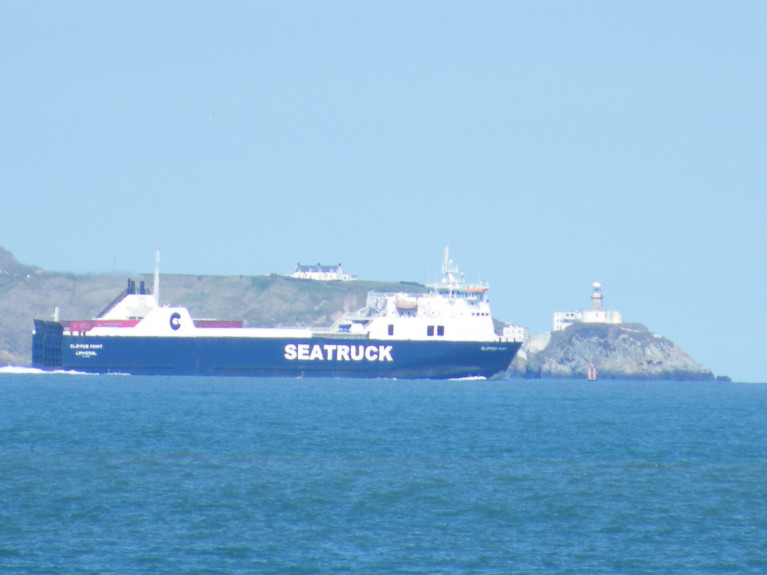Displaying items by tag: Green Lanes
Irish Exporters Association Welcomes Possible “Green Lanes” for Food Products Using UK Landbridge
Irish Exporters Association (IEA) have today welcomed news that Irish and EU officials have developed a draft proposal that would give Irish food exports access to "green lanes" when they come off ferries traveling from British to continental ports.
The Association is cautiously welcoming the news due to the fact that the proposal still needs the approval of EU Member States and UK negotiators would have to agree to the terms during the course of the ongoing talks on a free trade agreement - talks that have not yielded substantial progress to date.
The IEA will closely follow the progression of this proposal and hopes that the outcome will indeed somewhat limit the impact of the UK’s withdrawal on the Irish agri-food sector.
Chief Executive Simon McKeever commented: “Trade between the EU and the UK will be different from 1 January 2021, irrespective of whether or not a trade deal is agreed between both parties, and businesses need to know that.
We welcome measures that limit the impact of the new trading environment on Irish agri-food exporters, particularly given that the smooth transit of Irish exports via the landbridge to the continent is of crucial importance.
The introduction of green lanes for certain products during the pandemic has proved to be largely successful. We would hope that this proposal allows for the similar fast tracking of Irish food and live animal exports destined for the single market via the UK.
We wait to see the details of the proposal, particularly clarity on whether or not the proposal completely removes transit barriers to the continent, more information on any digital paperwork required, and if there is a guarantee that no delays will occur at UK ports. These are questions that exporters need answers to.
Over the course of the pandemic, we have seen the opening up of direct shipping routes from Ireland to the continent. This development will in time limit the degree of reliance on the use of the landbridge by Irish supply chain operators and is an important point for Irish exporters to factor in when consulting their Brexit preparedness plans.”






























































